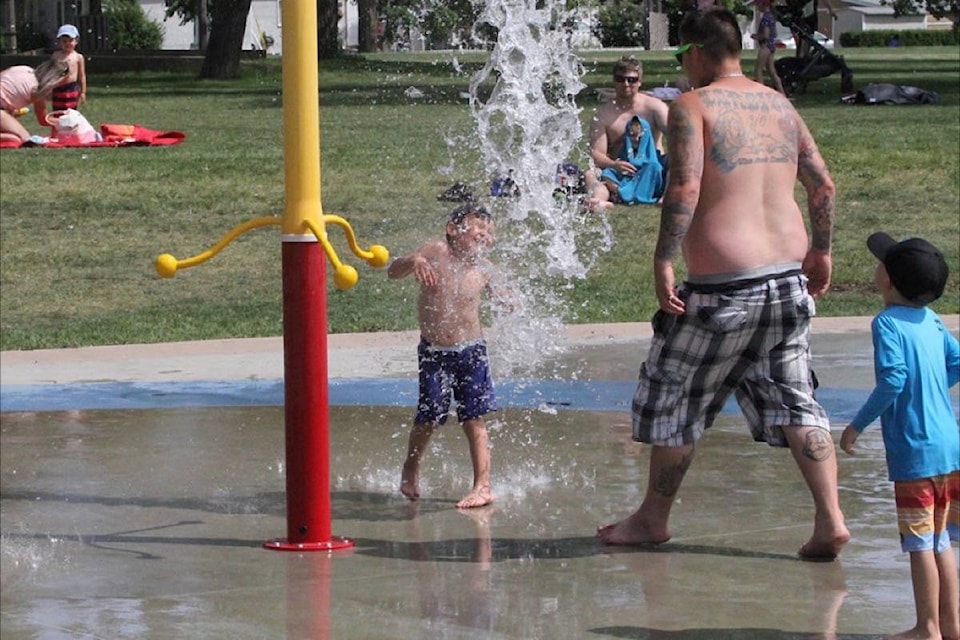Anyone who remembers last May, when temperatures regularly soared into the mid-20s, will be disappointed in what’s in store for at least the first few weeks of this month.
On May 2, 2018, the temperature reached 21.8 C and hit 25.2 C by May 6. The temperature peaked at 29.4 C on May 28 after a nine-day stretch of 20 to 27.8 C.
For this week, Environment and Climate Change Canada has forecast a high of seven for Thursday, with a chance of flurries Thursday, Friday, Sunday and Monday. The overnight low could reach -5 on Friday.
“It’s not looking like it’s going to warm for at least the next 10 days,” said meteorologist Dan Kulak.
He said colder temperatures are dominating the weather pattern across Western Canada right now.
“The cold air is entrenched from northeastern B.C., all of Alberta and Saskatchewan, and most of Manitoba as well.”
The average high for Red Deer at this time of year is 15, with an overnight low of 2.
He said the 16-day forecast, which is not as accurate, suggests the temperature will eventually reach close to the mid-teens by the end of next week.
“Every year has got its own personality.”
Kulak said snow in May in Red Deer is not uncommon when looking at the 30-year average. The average snowfall for the month is 8.5 centimetres. Some years, there will be more snow, and some years, there will be less.
Average precipitation will increase from 25 millimetres in April to 55 millimetres in May. It jumps to 94 millimetres in June as thunderstorm season gets underway, and it won’t start drying out until August, he said.
Related:
May a record scorcher for Red Deer
Cold weather slowed sales at Tim Hortons during most recent quarter, company says
Kulak said it’s not unusual to get lightning with spring thunderstorms, but more lightning strikes are associated with summer weather patterns.
“May is upon us, and sooner or later, we will be in thunderstorm season and we should keep in mind that lightning, as far as a danger to life and property, is the single biggest killer.
“In the summertime, there are more lightning-related fatalities in Canada in an average year than from rain, hail, floods and hurricanes combined.
“Most of those lightning fatalities are from storms that don’t even have any warnings associated with them. The smaller storms that don’t have warnings, people tend to stay outside longer. They don’t feel as threatened and they expose themselves and they’re much more vulnerable.”
szielinski@reddeeradvocate.com
Like us on Facebook and follow us on Twitter
